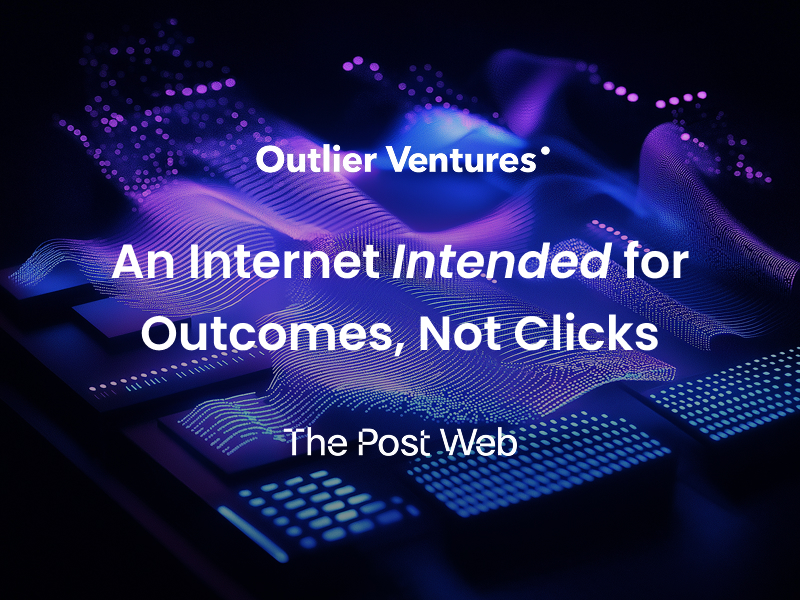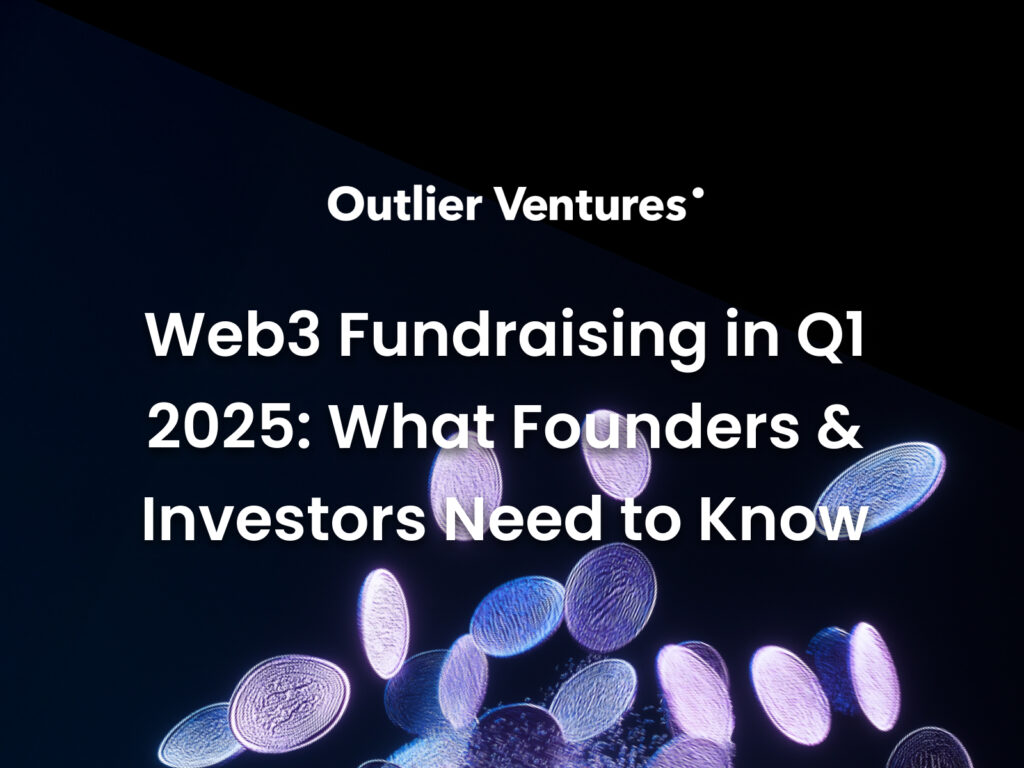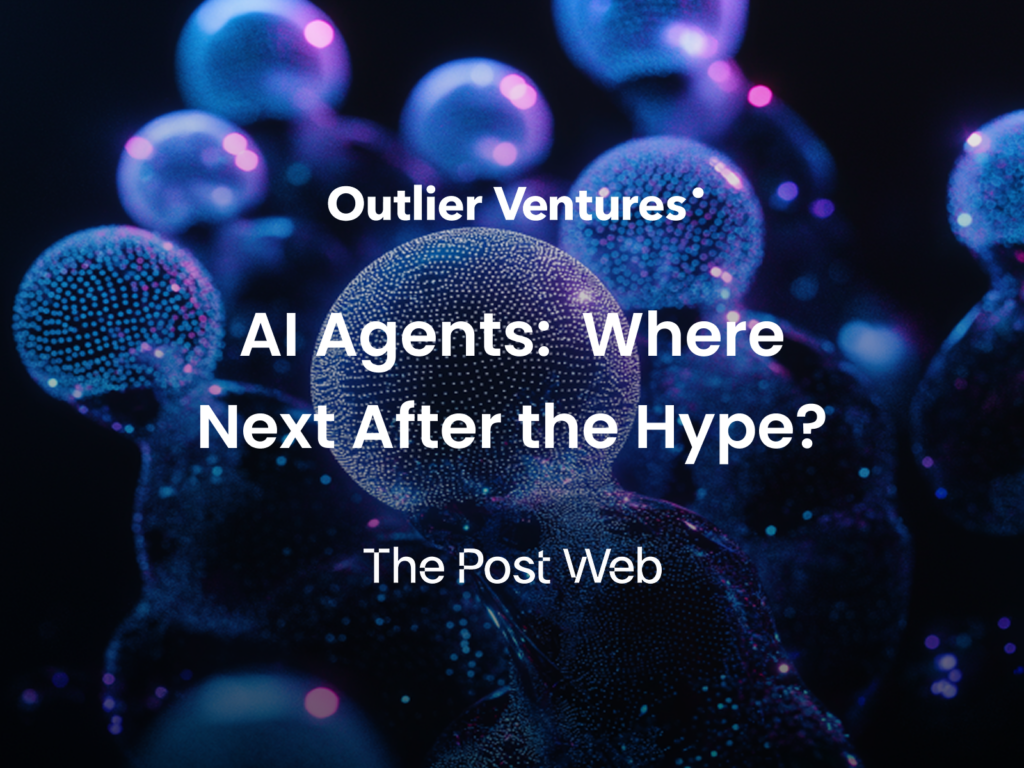We have been looking at blockchain and gaming the wrong way. So far, it’s been pitched as a gamer-led revolution, asset ownership, monetization, and sovereignty. While important, it does not drive adoption. The real driver isn’t the player, it’s the developer. Currently, they do not have strong incentives to move onchain, but their adoption is critical. With the arrival of AI-powered bots threatening game integrity and breaking core design principles, developers may turn to blockchain as a solution sooner than we think.
Authors: Jasper De Maere | X | Linkedin & Greysen Cacciatore | X | Linkedin
Bottom Line:
- We’ve been looking at blockchain gaming the wrong way. Blockchain gaming adoption will be driven by developers’ need to combat bots, not player demands for asset ownership, governance, or monetization.
- Bots have always undermined game design, but with LLMs, they now mimic human behavior, evade detection, and destabilize in-game economies, making traditional anti-cheat systems ineffective.
- Blockchain-powered Proof of Personhood offers a new way to verify real players without compromising privacy, preventing bots from entering games while maintaining a fair experience.
- Blockchain adoption should come from both ends. (i) grassroots Web3 games and (ii) AAA studios integrating Proof of Personhood, creating a pincer movement that forces the industry to adopt DLT.
Exhibit 1: Adoption of DLT in gaming through pincer movement. We are finally starting to see reasons for gaming developers to consider blockchain integration.
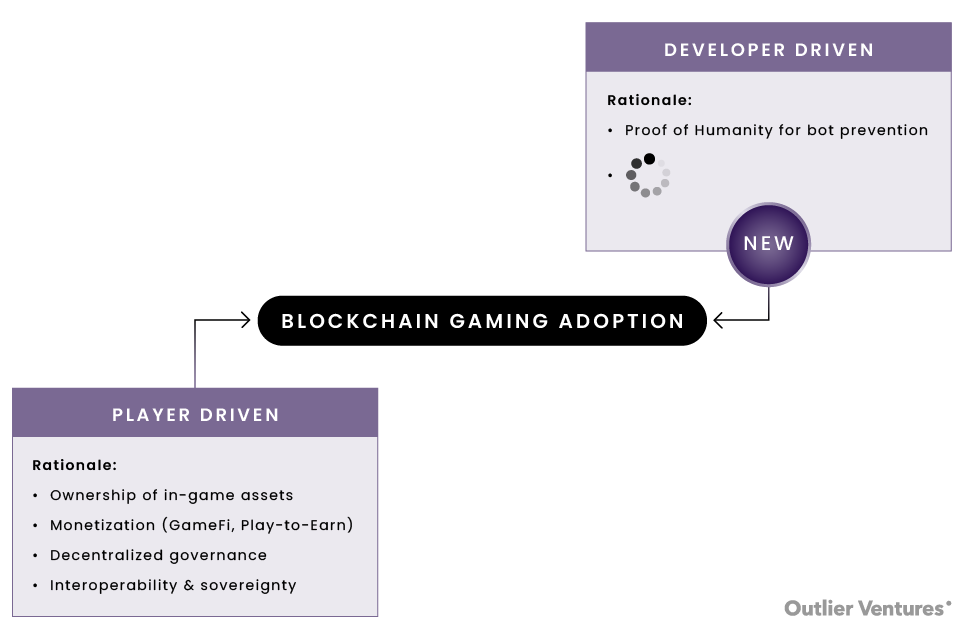
The State Of Web3 Gaming
The intersection of gaming and Web3 is exciting, however many pieces still need to fall in place. While technological limitations such as block speeds, privacy-enhancing technologies and interoperability remain issues, the real bottleneck is adoption.
So far, blockchain technology has been a grassroot movement, with new titles (with new IP) built from the ground up using blockchain technologies. Despite some incumbent adoption from the likes of Ubisoft and Epic Games, uptake from AAA studios, who exercise control over the IP of all our beloved titles, remains very limited.
The Misalignment
Blockchain gaming has long been framed as a benefit for players, offering sovereignty, governance, asset ownership, and GameFi monetization. But these are player-driven desires, not developer priorities.
“Players complain, but still spend.”
Gaming history shows that studios prioritize revenue over player sentiment. Pay-to-win mechanics, in-game stores, and seasonal passes thrive despite player backlash. The reality is that blockchain adoption could undermine studios’ control, making game economies more fluid and reducing the ability to lock players into their ecosystems. This lack of alignment has kept blockchain at the fringes of mainstream gaming.
However, blockchain might now present an answer to a problem studios do care about: the rapid rise of AI-powered bots.
The Eternal War: Botters vs. Game Devs
Source: Diablo
For as long as gaming has existed, players have sought ways to automate aspects of gameplay, whether for grinding, efficiency, or profit. Early examples date back to text-based MUDs in the 1980s, where scripts automated repetitive tasks. By the late 1990s and 2000s, games like RuneScape, Diablo II, and World of Warcraft saw an explosion of farming bots, disrupting in-game economies by mass-generating currency and resources. Developers fought back with increasingly sophisticated detection systems, from GameGuard and PunkBuster to Blizzard’s proprietary Warden, sparking an ongoing arms race of detection and evasion.
For decades, this battle has played out blow for blow, developers innovating new defenses, botters finding new exploits, keeping both sides locked in a near stalemate.
But that balance is shifting. Botters, once limited to consumer-grade tools, now have access to enterprise-level AI, making automation smarter, more evasive, and harder to detect than ever before. The status quo is breaking, and game developers seem to be losing grip on the situation.
Exhibit 2: Player activity list on WoW (/who)
Source: Outlier Ventures. I took a quick detour to the World of Warcraft SoD servers while writing this piece, purely for research purposes. Judging by the totally-not-suspicious player names, there’s definitely no botting activity going on in Blackrock Depths…
LLMs: A Game-Changer for Botting
The rise of large language models (LLMs) has changed the game, literally. Unlike their primitive predecessors, which relied on rigid, rule-based automation, LLM-created bots have more complex behaviour, mimicking their human counterparts more closely. This new wave of AI-driven automation is breaking fundamental game design principles, disrupting everything from MMORPG economies to ranked ladders in competitive shooters.
The challenge for developers is twofold:
- Botting is easier than ever. Open-source AI models allow anyone to generate highly advanced, human-like bots at scale.
- Detection is becoming a losing battle. Modern bots mimic human behavior so convincingly that traditional anti-cheat systems struggle to differentiate them from real players without triggering false bans of real players
AAA studios are caught in a dilemma, crack down too hard, and they risk punishing real players, damaging trust and engagement. Take a hands-off approach, and bots will overrun their servers, degrading the experience for everyone.
The botting arms race has entered a new era, and this time, developers may be fighting a battle they can’t win.
Is Botting Really That Bad?
Is botting really that damaging? At its core, botting erodes the fundamental principles that make a game engaging, fair, and rewarding. Well-designed games are built around meaningful progression, skill mastery, and balanced economies, all of which are compromised when bots flood the system. By automating tasks meant to be challenges, botting strips away the core mechanics that create a sense of achievement and engagement, ultimately diminishing the experience for legitimate players.
There are a handful of ways botting is ultimately ruining gaming experience, here are just a few:
- Breaks Game Economy: Farming bots inflate currencies, causing hyperinflation or devaluation, making rewards meaningless.
- Undermines Progression: Bots bypass challenges, devaluing player effort and achievements.
- Ruins Competitive Integrity: Bot-assisted PvP gives cheaters an unfair edge, discouraging real players.
- Diverts Developer Focus: Studios waste resources on anti-bot measures instead of improving gameplay.
- Erodes Player Trust: A bot-infested game drives players away, reducing retention.
- Destroys Social Play: Bots make multiplayer worlds feel artificial, weakening community engagement.
Ultimately, botting turns finely crafted game loops into mindless automation, removing the very challenges and interactions that make games enjoyable. And with AI-powered bots becoming more sophisticated, this problem is no longer just an inconvenience, it’s an existential threat to game design itself.
While studios already have been adding more intelligent NPCs, LLMs have put advanced AI into the hands of everyday users, leveling the playing field for botters. What was once limited to corporate infrastructure is now easily accessible, lowering the barrier for more complex automation.
Bots are no longer just farming tools, they’re evolving into high-level participants, infiltrating guilds, coordinating multiplayer activities, and adapting strategies in real-time. This shift pushes botting beyond low-effort grinding, threatening the core mechanics of skill-based and social gameplay.
The below illustrates how bots are moving from easy/commoditized to participation in more complex gaming activity which was previously not accessible to bots. Previously, the step up in difficulty served as a natural barrier to keep out bots. This barrier is slowly crumbling as in-game bots are becoming more complex and finding their way into these activities, further breaking core gaming features.
Exhibit 3: Improvement of AI bots, moving into higher complexity gaming activity like RPG, PVP and Guild Participation.
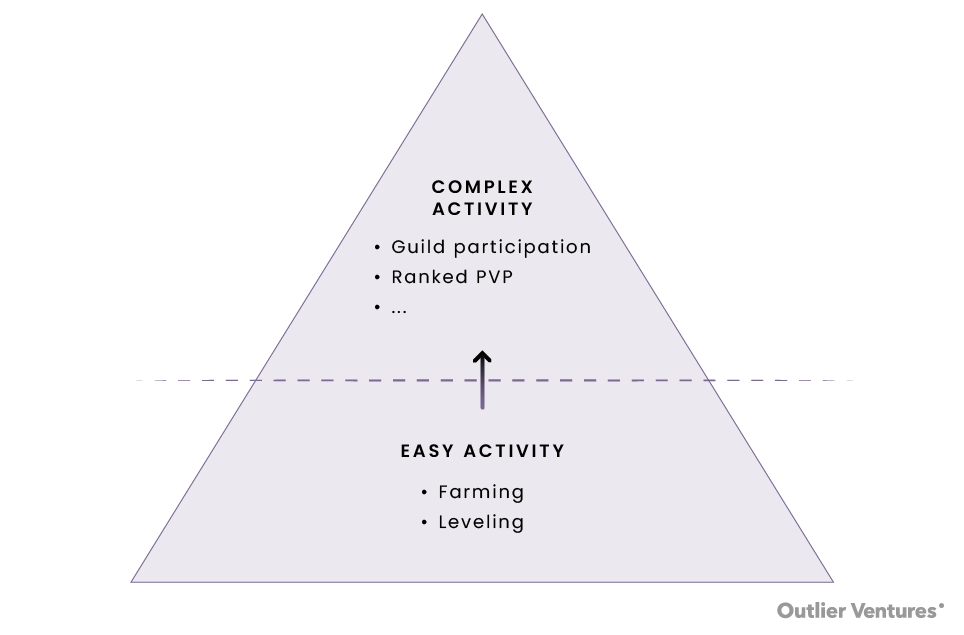
As game developers continue to squeeze players and push monetization further, through battle passes, microtransactions, and pay-to-win mechanics, there should at least be a minimum expectation of quality and fairness, which can only be maintained if bots are kept at bay.
So there is a sense of urgency from developers to address this issue. And the solution could very well be blockchain technology…
Blockchain as a Solution: Proof-of-Personhood
For years, developers have fought a losing battle against bots, detect, ban, repeat. But what if there was a way to eliminate the problem at its source? What if players could provably prove they’re human in a trustless, privacy-preserving way?
This is where blockchain technology offers a breakthrough. By leveraging Proof of Personhood (PoP) systems, studios can verify real players without compromising their privacy. Instead of relying on outdated CAPTCHA tests or weak anti-cheat heuristics, blockchain can provide cryptographic proof that a user is unique and human, without exposing sensitive data or relying on centralized gatekeepers.
With blockchain-powered PoH, the game changes:
- Players cryptographically prove they’re human without revealing personal details.
- Studios gain a trustless, tamper-proof verification
- The endless cycle of bot detection and banning is reduced, allowing developers to focus on actual game design rather than anti-bot whack-a-mole.
How Blockchain Enables Proof of Personhood
What properties of blockchain technology lend themselves nicely to PoH? At its core, blockchain is an immutable, decentralized ledger, making it well-suited for trustless verification. Unlike traditional systems where a centralized entity controls and stores user data, blockchain allows for self-sovereign identity, giving players control over their own verification credentials without relying on third parties.
Here’s why this matters:
- Decentralized & Tamper-Proof – No studio, hacker, or third party can manipulate verification, ensuring consistent, cheat-proof player authentication across games.
- Privacy-Preserving – Players can prove they’re human without exposing personal data, unlike traditional KYC or biometric solutions.
- Resistant to AI-Driven Bot Attacks – Unlike CAPTCHAs or device fingerprinting, cryptographic PoH is significantly harder for AI bots to spoof.
Projects like Worldcoin (biometric iris scanning), ModClub, and Rarimo (decentralized identity) are already exploring how blockchain-powered PoH can provide verifiable uniqueness while preserving anonymity.
For gaming studios, this could mean shifting from an endless battle of detection and banning to a proactive, trustless verification system, one that stops bots before they even enter the game.
Building The Post Web
We see Proof of Personhood (PoP) as a key design space for founders working on blockchain-based games. AI-driven bots enhance storytelling, immersion, and dynamic gameplay, but it’s critical that players and developers can distinguish between human and AI participants where it matters. PoP isn’t about blocking AI-participation entirely, it’s about filtering out bots that undermine game design while allowing those that enrich the experience.
As AI approaches human-level behavior, segregation and identification of bots will become essential in game modes like RPGs, guild activities, and PvP. Without clear delineation, the competitive integrity and cooperative play is at risk of collapsing.
Ultimately, this is about curating a game environment that harnesses meaningfull AI bot/NPC participation while mitigating its downsides. In our Post Web vision, we see vast areas of the internet, including game instances, populated by powerful agents. PoP is the first step toward ensuring they enhance rather than erode the gaming experience.
Read about the Post Web in more detail here.
The Blockchain Pincer
For years, blockchain gaming has struggled to find its place in mainstream titles, framed as a player-first innovation rather than a studio necessity. But we believe the rise of AI-powered bots will change that.
For the first time, AAA studios have a direct incentive to embrace blockchain, not for asset ownership or GameFi mechanics, but as a last line of defense against an existential threat to fair play. A decentralized, privacy-preserving way to verify real players could be the breakthrough that finally brings blockchain into the gaming industry at scale.
Rather than waiting for blockchain-native games to disrupt the market, Web3 proponents can also focus on integrating this technology where it matters most: existing IPs and major titles. The fight against bots isn’t a niche problem, it’s a crisis that threatens competitive integrity across gaming as a whole. By tackling the issue from both the grassroots and the top, blockchain can position itself as an unavoidable pillar of the industry’s future.
As shown in the exhibit below, we’re finally seeing incentives for developers to consider blockchain based gaming. As DLT continues to mature, we expect more reasons to be added to the list of reasons why developers can’t afford to leave it unexplored.
Exhibit 4: Adoption of DLT in gaming through pincer movement

Everything Post Web at Your Fingertips
Stay ahead at PostWeb.io to access our latest Post Web thesis, audio documentary episodes, our newly launched accelerator program, and much more.
Join The Post Web Accelerator
Learn more about our Post Web Accelerator program designed for ambitious founders ready to build what lies beyond Web3.


